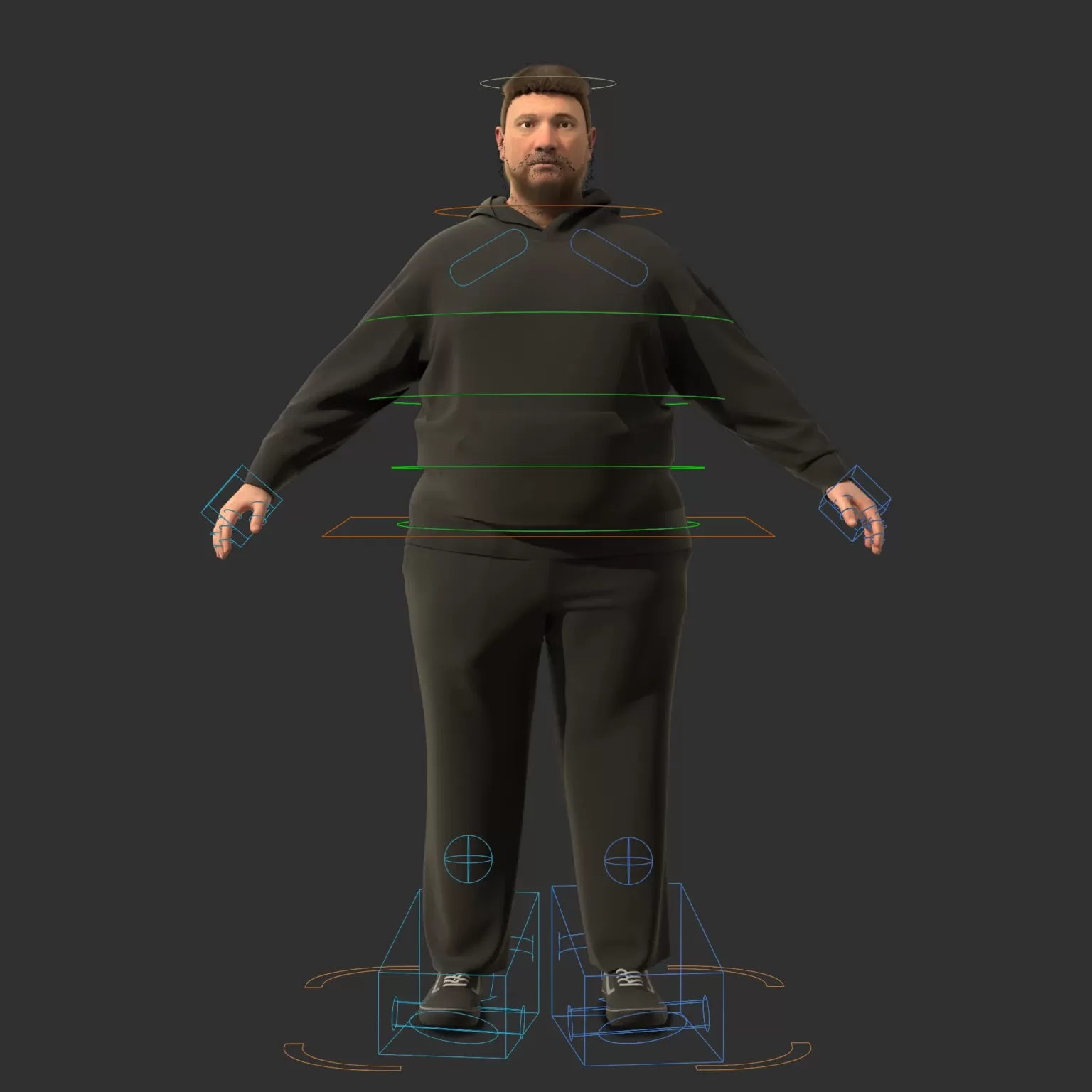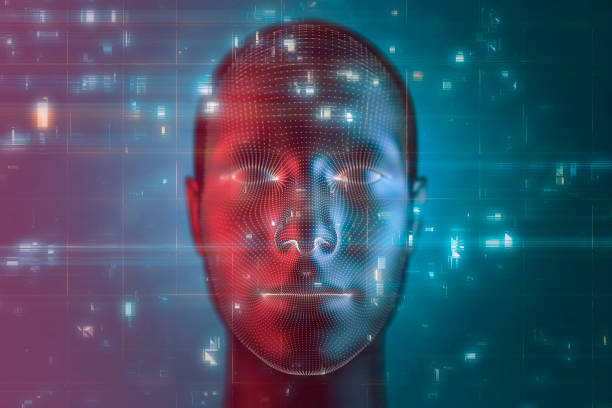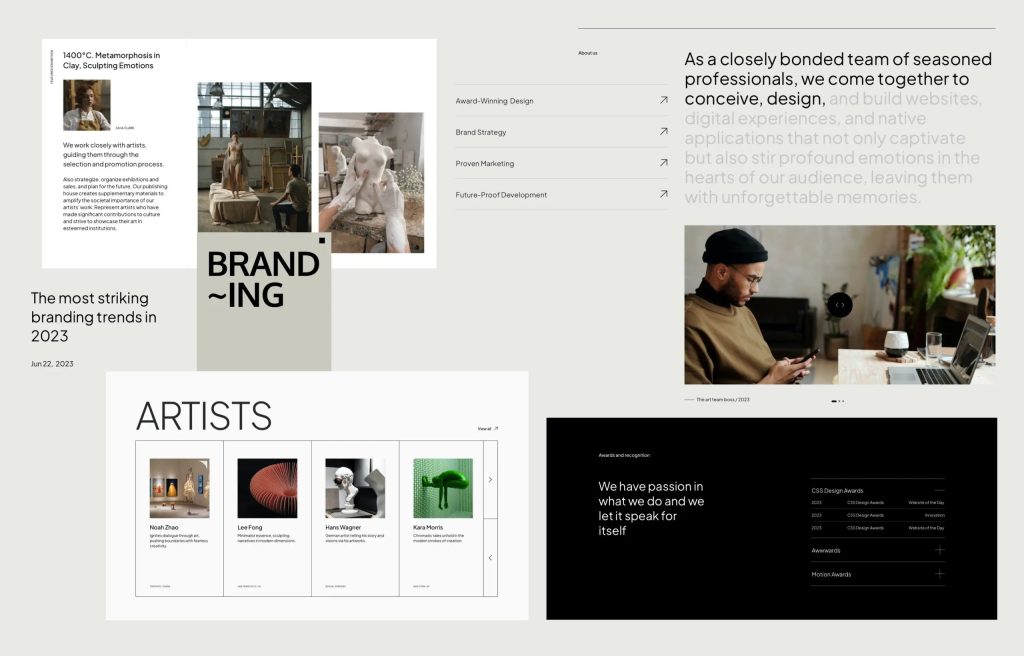The rising influence of Artificial Intelligence (AI) has ignited extensive discussions surrounding its impact on various sectors, especially the workforce. As businesses across diverse industries increasingly incorporate AI technologies into their operations, it is crucial to address how this integration transforms the job landscape and the skills demanded in the workforce. This article delves into the interplay between AI and workforce dynamics, with a specific focus on the retail sector and the application of AI predictive models in business.
.
As organizations navigate this AI-integrated landscape, they are presented with opportunities to enhance productivity and improve decision-making processes. However, concerns about job displacement and the need for workforce reskilling are prevalent. According to a report by McKinsey Global Institute, automation and AI could displace between 400 million to 800 million jobs globally by 2030, while creating new opportunities in different sectors. This duality presents both challenges and opportunities for today’s workforce, necessitating a proactive approach to manage the transition.
.
**AI in the Retail Industry: A Revolution in Customer Engagement**
The retail sector has been at the forefront of AI adoption due to its heavy reliance on data and customer interactions. AI enables retailers to analyze customer behavior, personalize marketing strategies, and optimize supply chains, resulting in improved customer engagement and operational efficiency. Companies like Amazon have successfully leveraged AI to enhance customer experience through personalized recommendations and efficient inventory management.
.
AI-powered chatbots have also transformed customer service within retail. According to a report from Salesforce, approximately 69% of consumers prefer chatbots for quick communication with brands. These AI-driven solutions enable retailers to respond faster to customer inquiries, providing 24/7 service and freeing up human agents to handle more complex issues. As a result, retailers not only improve customer satisfaction but also streamline operational costs.
.
Moreover, AI technologies facilitate predictive analytics, which informs inventory management and demand forecasting. Retailers can leverage data from various sources, including past sales, weather patterns, and seasonal trends, to predict future sales and optimize their stock levels. This predictive capability reduces the risk of overstocking or stockouts, ensuring that businesses maintain their profitability in an increasingly competitive market.
.
**AI Predictive Models for Business: Driving Strategic Decisions**
The application of AI predictive models extends beyond retail; it spans various industries, driving strategic decisions and enhancing operational efficiency. Predictive models analyze historical data to identify patterns and forecast future outcomes, enabling organizations to make informed decisions. For instance, in the finance sector, AI algorithms enhance risk assessment by analyzing credit data to predict loan defaults, allowing financial institutions to mitigate potential losses.
.
In healthcare, AI predictive models play a crucial role in patient care management. By analyzing patient records, demographic data, and health trends, predictive models can identify patients at risk for critical health issues, enabling timely interventions. A study conducted by the Massachusetts Institute of Technology (MIT) revealed that predictive analytics could reduce hospital readmission rates by up to 30%, showcasing the profound impact of AI on enhancing patient outcomes.
.
However, the implementation of AI predictive models is not without challenges. The accuracy of predictions is contingent on the quality and breadth of the data used. Businesses must ensure that they are harnessing comprehensive datasets, while also adhering to ethical guidelines around data usage. As organizations increasingly rely on AI for decision-making, establishing transparent frameworks for data governance becomes imperative to maintain trust and minimize biases in predictive analytics.
.
**Industry Use Cases: AI Bridging the Gap between Automation and Employment**
The integration of AI into various industries is being met with a diverse mix of enthusiasm and apprehension from the workforce. Yet, several compelling use cases demonstrate how AI can augment human capabilities rather than replace them entirely. An exemplary scenario can be found in the manufacturing sector, where AI is utilized for predictive maintenance.
.
By deploying AI sensors on machinery, companies can monitor equipment performance in real-time, predicting failures before they occur. This proactive approach minimizes downtime and extends the lifespan of machinery, ultimately increasing productivity. Workers are then able to shift their focus towards higher-value tasks, such as quality control and process optimization, thereby enhancing their skill sets and job satisfaction.
.
Another significant application of AI is in the energy sector, where AI algorithms optimize energy consumption, reduce costs, and improve sustainability. Utility companies leverage AI to predict energy demand, enabling them to efficiently allocate resources and manage grid stability. This technological advancement not only enhances operational efficiency but also fosters new job roles focused on data analysis and strategic planning, emphasizing the importance of a skilled workforce in the era of AI.
.
**The Way Forward: Embracing Change and Future Skills Development**
Embracing AI in the workforce necessitates a shift in skill specifications as the demand for soft skills—creativity, emotional intelligence, and adaptability—grows alongside technical proficiencies. Organizations should invest in continuous learning programs that equip employees with the skills needed to thrive in an AI-driven landscape. According to the World Economic Forum, approximately 50% of all employees will require reskilling by 2025 to meet the evolving job demands.
.
Partnerships between educational institutions and industries are crucial to fostering a talent pipeline that is well-versed in AI technologies. Initiatives aimed at bridging the skills gap will not only prepare future professionals for the challenges of the AI era but also encourage inclusivity and diversity in the workforce.
.
Moreover, businesses must adopt a flexible approach that embraces the human-AI collaboration model. Emphasizing a synergy between human intelligence and AI capabilities can lead to groundbreaking innovations and enhanced problem-solving.
.
**Conclusion: The Future of Work in the Age of AI**
As AI technologies continue to evolve, one thing remains clear: the future of work is poised for transformation. While concerns about job displacement due to automation persist, the opportunities presented by AI in enhancing productivity, decision-making, and customer engagement cannot be overlooked. Industries, especially retail, are leveraging AI-driven insights to shape their strategies and optimize their operations.
.
The successful integration of AI into the workforce requires a focus on reskilling and upskilling employees, embracing collaborative models, and ensuring data governance is prioritized. By adopting a proactive approach to the challenges posed by technological advancements, businesses and employees alike can find their place in an AI-driven world, emerging not as adversaries but as allies in a harmonious and efficient workforce.
.
### Sources:
1. McKinsey Global Institute. (2020). “The future of work: Reskilling and remote work after COVID-19.”
2. Salesforce. (2021). “State of Service.”
3. Massachusetts Institute of Technology. (2020). “Predictive Analytics and Healthcare: A Study on Reducing Readmissions.”
4. World Economic Forum. (2020). “The Future of Jobs Report 2020.”


























